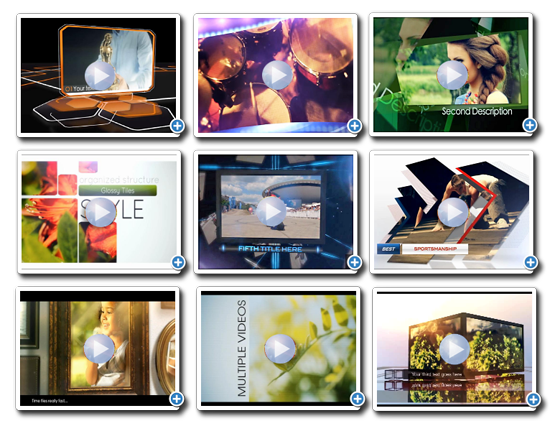For SEO and internet marketing purposes, the content on a website is one of the most important factors that determines the success or failure of a campaign. No matter how people get to a site, it’s the things they read and see while on the site that will convince them to take action with the business. Good written content is essential, but a recent survey of advertising executives suggests that good imagery may be slightly more important.
Recently, TripleLift surveyed more than 100 advertising executives as part of their inaugural Visual Web Awards. These experts were asked to rank eight different publishers across all verticals to determine which sites were the most attractive/engaging. The response to the survey suggest that advertising executives felt that visually-appealing displays are far better at driving consumer actions.
The winner of the award was a Macheesmo, a cooking site that uses imagery heavily on the homepage and throughout the site to drive engagement since it was created in 2008. Macheesmo was chosen by more than 40 percent of the respondents of the survey as being the most engaging.
“Enabling publishers like Macheesmo to beautifully integrate a brand’s creative into their site’s aesthetic is why we’re in business,” said Dan Martin, TripleLift’s VP of Business Development in a blog post about the award and the survey. “Advertising is as much as an art as it is a science and when publishers can easily paint their own canvas with great content and complimentary advertising – consumers will ultimately reward the experience with their time and attention.”
Looking at the website, it’s easy to see the various ways that images are used to drive clicks and engagement. For example, on the right hand side of the page, there is a link for an e-book. Usually, marketers promote these things with text-based links. Macheesmo makes the book more inviting by letting people click the cover of the book. The company itself also credits image-based design for a lot of their success.
“I think visual design is an incredibly important part of the user experience on the web,” said Nick Evans, the Macheesmo site’s founder and publisher. “It makes everything easier if you have a memorable design. Your visitors will appreciate an easy layout and remember a unique brand. Investing in a good design that showcases your content and voice clearly is some of the best money you can spend in the online world.”
Business owners and marketers can learn from this survey and work to make their sites more visually stimulating and engaging. For sites running content management systems like WordPress, there are a lot of plugins that can be used to make a site more visually oriented. However, it’s vital that marketers ensure the site still works on mobile devices.
One of the challenges of using an image-heavy layout is that it usually means there will need to be an entirely separate site for mobile devices. Responsive design can make images fit on the screen, but shrinking the entire layout so it can fit on a mobile will usually render the site difficult, if not impossible to use. Make sure to take these things into consideration when designing a website or, better still, hire a web design company that can handle the tricky stuff for you.
Images are an essential tool for marketers because they can can easily be used to generate interest, tell a story or promote engagement!







